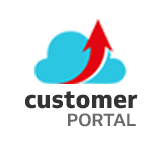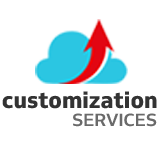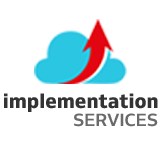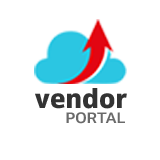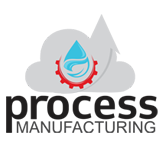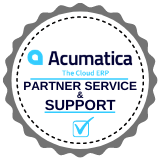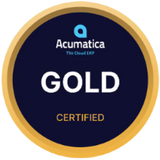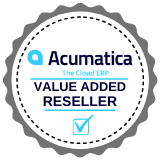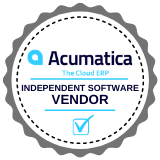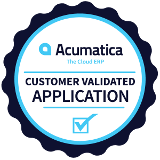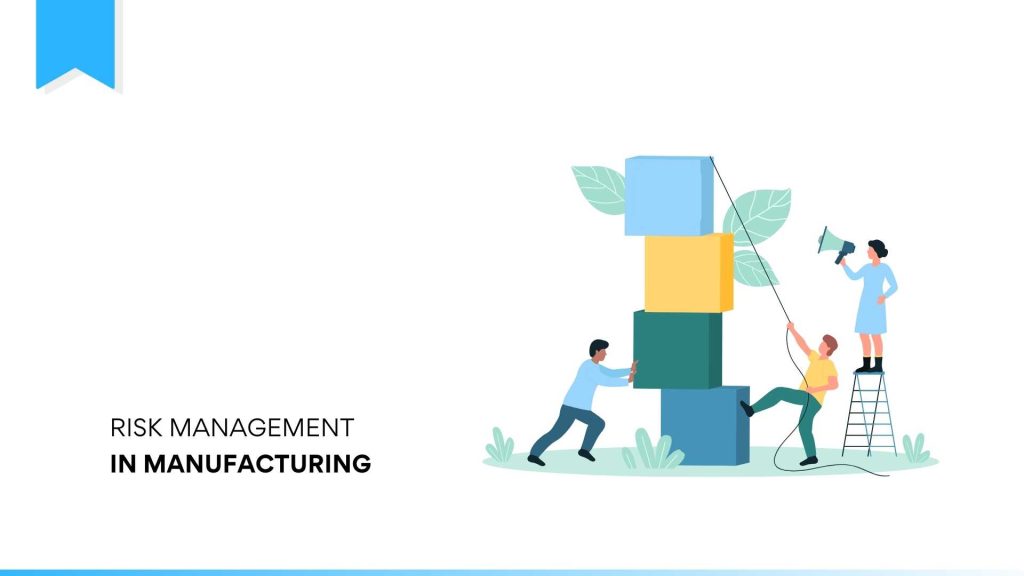In the dynamic landscape of the manufacturing industry, risk management stands as the cornerstone of operational resilience. Integrating proactive strategies to identify, assess, and mitigate potential hazards is imperative.
From supply chain disruptions to technological vulnerabilities, understanding and addressing these risks ensures business continuity and fosters a culture of adaptability and innovation.
In this intricate ecosystem, the synergy between risk management practices and manufacturing processes safeguards against unforeseen challenges and risks the way for sustainable growth and competitive advantage.
Manufacturing companies face many risks, including:
Operational risks: Equipment failure, product defects, supply chain disruptions.
Financial risks: Fluctuations in currency rates, interest rates, commodity prices, poor debt management, financial planning.
Legal risks: Failure to follow government rules for companies can result in lawsuits and a negative reputation
Strategic risks: Market risk, which involves brand, compliance, financial, and market exposure.
Regulatory compliance: Violations of laws, rules, or regulations, or noncompliance with internal policies or procedures.
Information security: Ransomware, malware, data breaches, and cyber events occur from third-party unsecured access to servers and devices.
Liquidity risk: A company faces liquidity risk when it cannot convert its assets into cash.
Other risks: Cybersecurity risks, intellectual property protection, global impact, raw material prices, product recalls, third-party vendors, property damage, weather, employee injury, and liability costs.
Components of the Risk Management Program
Risk Identification:
Identifying risks involves systematically recognizing potential threats and opportunities impacting an organization’s objectives. It encompasses brainstorming, analysis of historical data, and using various tools to pinpoint possible risks across all facets of operations, allowing proactive strategies to address them before they materialize.
Risk Measurement:
Risk measurement involves quantifying and assessing the identified risks to comprehend their possible impact and chance of occurrence. It employs various metrics, models, and methodologies to assign values and probabilities, enabling organizations to prioritize risks and allocate resources efficiently for mitigation strategies.
Risk Mitigation:
Risk mitigation focuses on developing and implementing strategies to eliminate the effect of identified risks. It includes risk avoidance, risk reduction, risk transfer, or acceptance, employing measures such as contingency planning, insurance, diversification, and enhancing internal controls to effectively manage and mitigate potential threats.
Risk Reporting and Monitoring:
After identifying, measuring, and mitigating risks, the next step involves continuous monitoring and reporting. It includes establishing mechanisms to track risk indicators, regularly assessing the effectiveness of mitigation strategies, and reporting findings to stakeholders. It ensures timely decision-making and adjustments to the risk management program as necessary.
Risk Governance:
Risk governance refers to the overarching framework, policies, and procedures established by an organization’s leadership to manage and oversee the entire risk management process. It involves defining risk appetite, setting clear roles and responsibilities, ensuring compliance with regulations, fostering a risk-aware culture, and aligning risk management activities with the overall strategic objectives.
ERP can help businesses:
Manage operations: ERP can improve workflow, standardize business practices, and integrate processes across functional areas.
Access information: ERP can provide easier access to data.
Monitor suppliers: ERP can help businesses keep track of suppliers and provide a seamless way to interact with them.
Secure access: ERP can protect against fraud and error by continuously monitoring transactions and sensitive ERP data.
Automate risk: ERP can automate risk and compliance activities.
Build a risk-intelligent culture: ERP can help businesses build a risk-intelligent culture.
conclusion
Acumatica Cloud ERP empowers businesses with robust tools that significantly bolster risk management strategies. Centralizing data across departments enables real-time insights into operations, financials, and compliance, fostering proactive risk identification. Its customizable dashboards and reporting functionalities facilitate quick analysis, identify potential risks, and implement preemptive measures.
With features like automated workflows and integrated security protocols, Acumatica streamlines processes, mitigating operational and financial risks while promoting agility in decision-making. Acumatica ERP emerges as a comprehensive solution, enhancing risk management by fostering informed, timely organizational actions.

Vijay comes with a vast experience in ERP and enterprise solutions space with about 20 years of experience in various packaged application like Acumatica, SAP, Orion, Salesforce.com, SugarCRM and, SalesLogix.



